The world’s largest algae growth pond uses nature-based technology to capture CO2 emissions
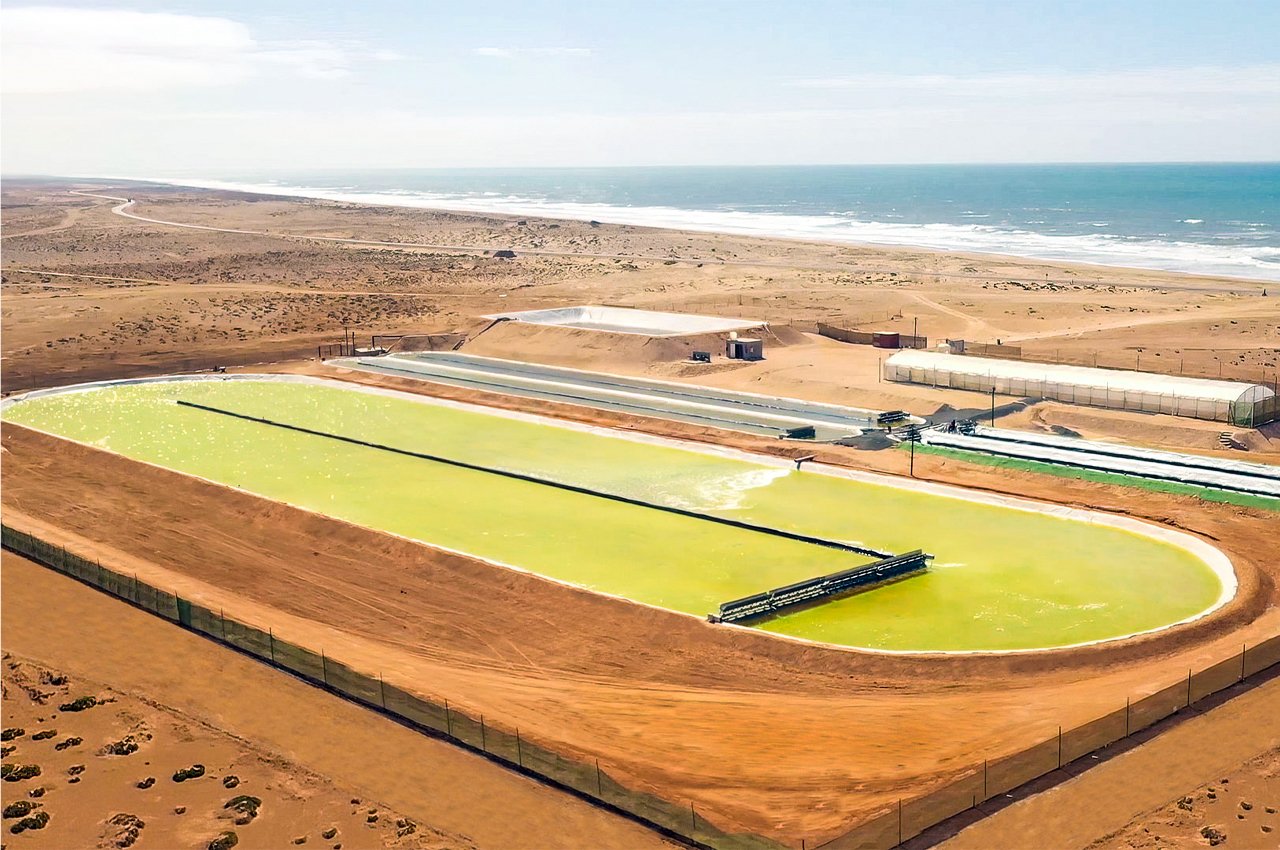
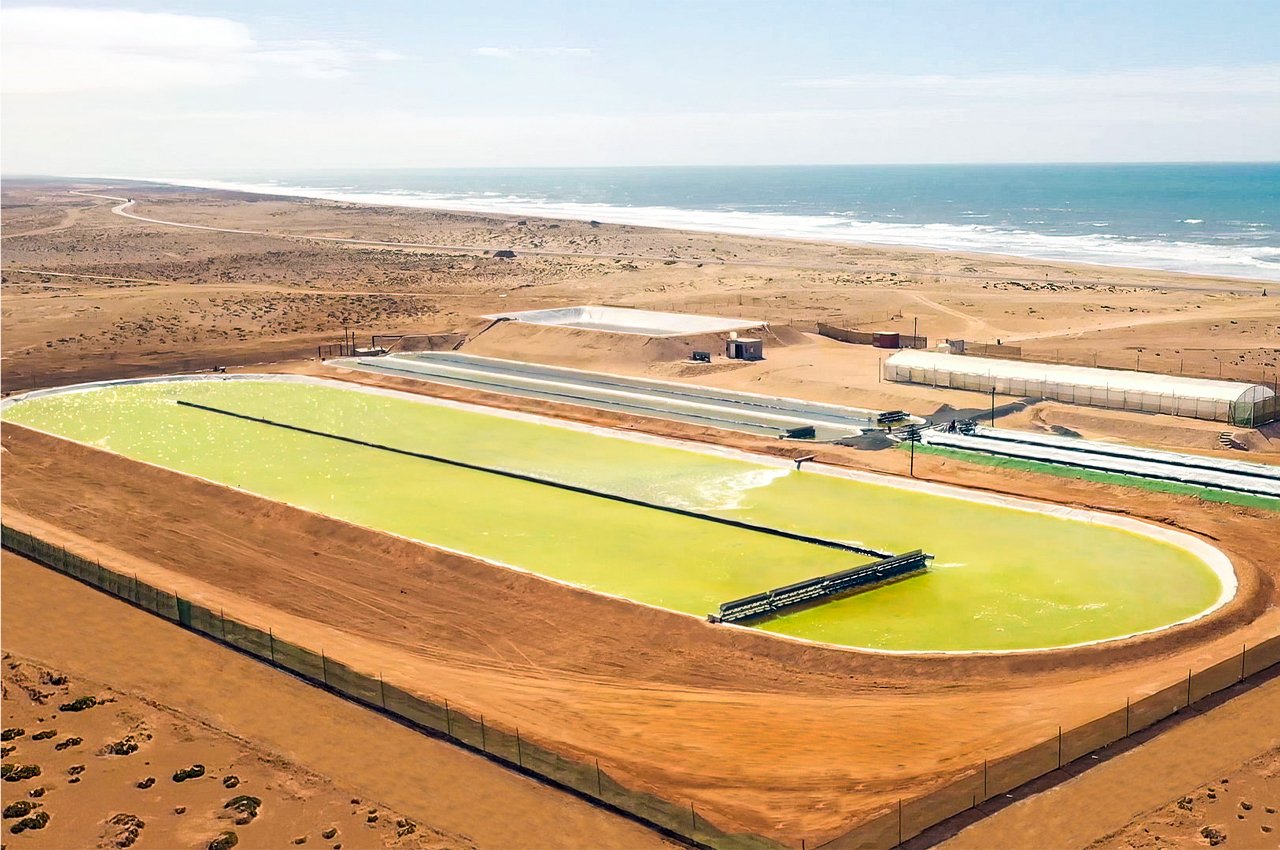
Brilliant Planet, a renewable energy semiconductor manufacturing company, operates a 30,000-square-meter production facility where they capture CO2 emissions via the largest algae growth pond in the world.
Algae is like magic. Consumed by humans as a superfood, algae promotes healthy skin, produces essential amino acids, and contains Omega-3 fatty acids. Algae can also be grown on larger scales in sunlight. They absorb carbon dioxide like other plants and then release it into the atmosphere.
Designer: Brilliant Planet
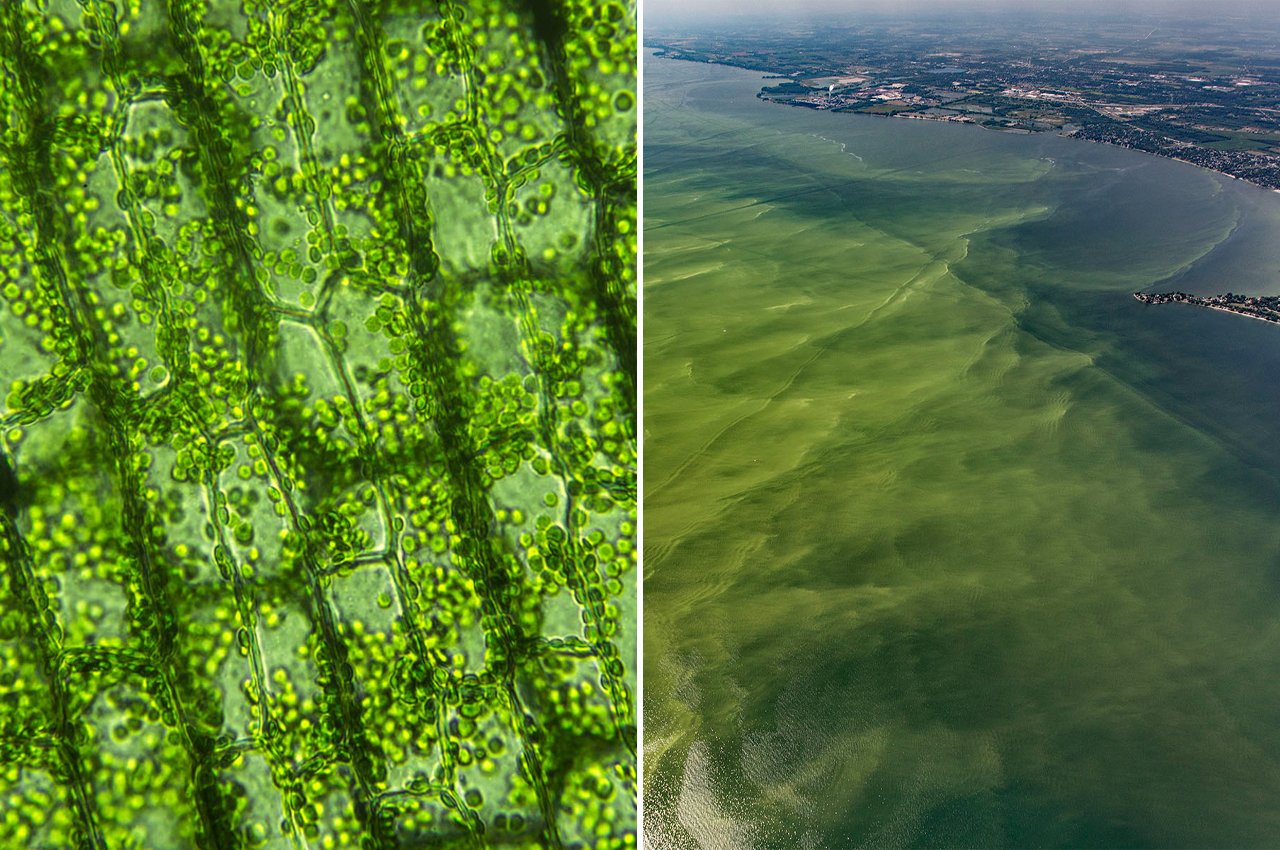
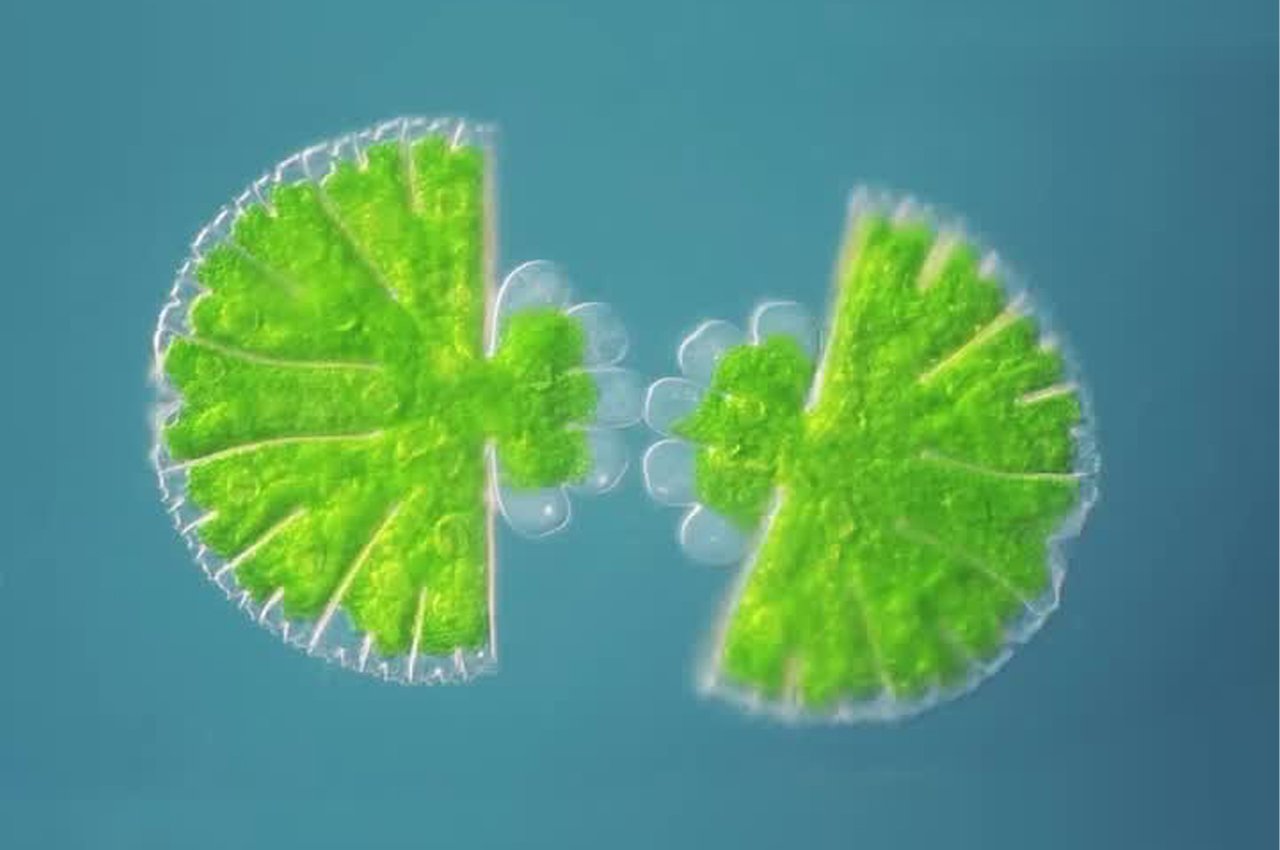
For higher productivity rates, algae can be grown in controlled areas to absorb large amounts of CO2 and convert it to biomass and oxygen via photosynthesis. Brilliant Planet, a UK-based renewable energy semiconductor manufacturing company, is tapping into the magic of algae to create an affordable means of “permanently and quantifiably sequestering carbon at the gigaton scale,” as the company describes.

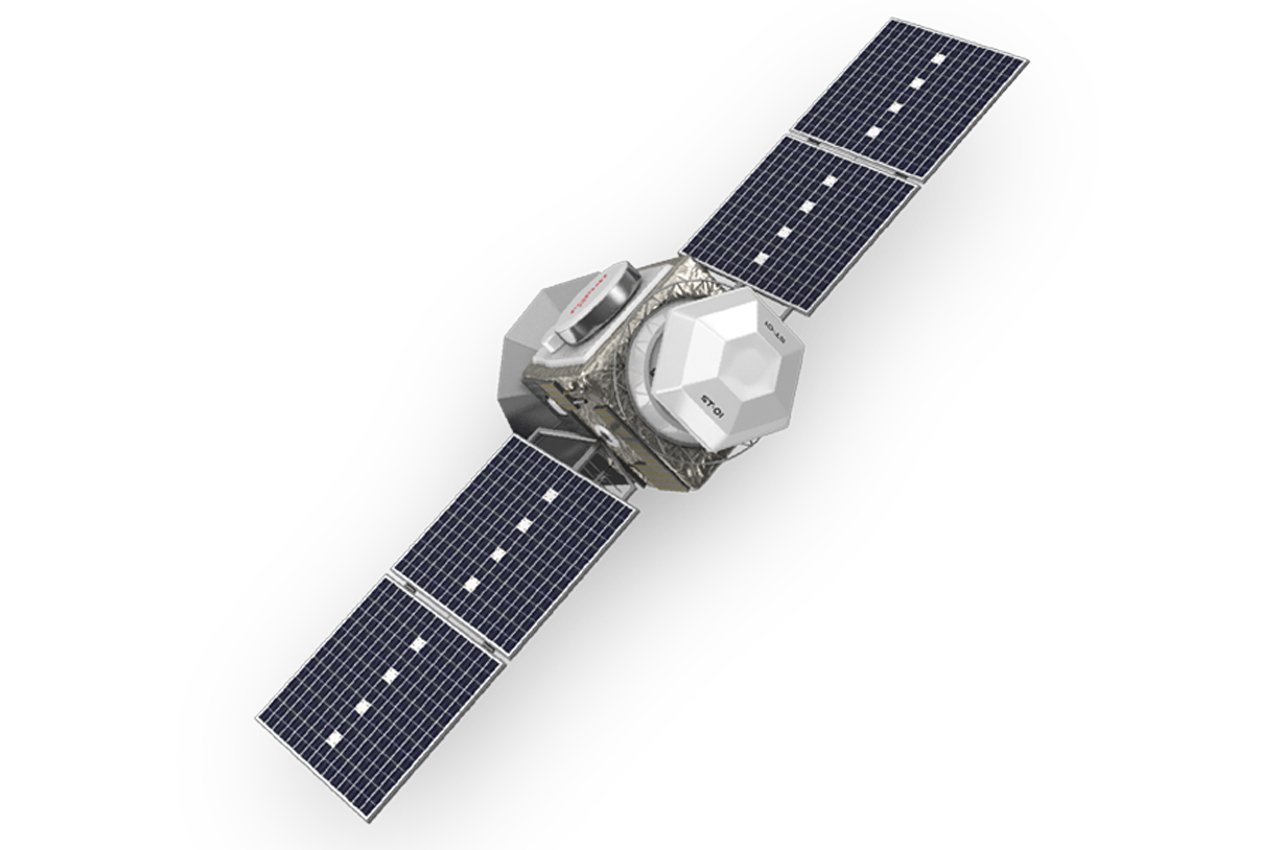
In 2013, Brilliant Planet began as a three-square-meter experiment on the shores of St Helena, South Africa. Today, they’ve grown into a 30,000-square-meter production facility based in the coastal desert of Morocco, where the world’s largest algae growth pond can be found. Brilliant Planet is a complete service that transforms algae into energy. Alga systems are available in large numbers all over the globe, but they stand out because it’s entirely natural.
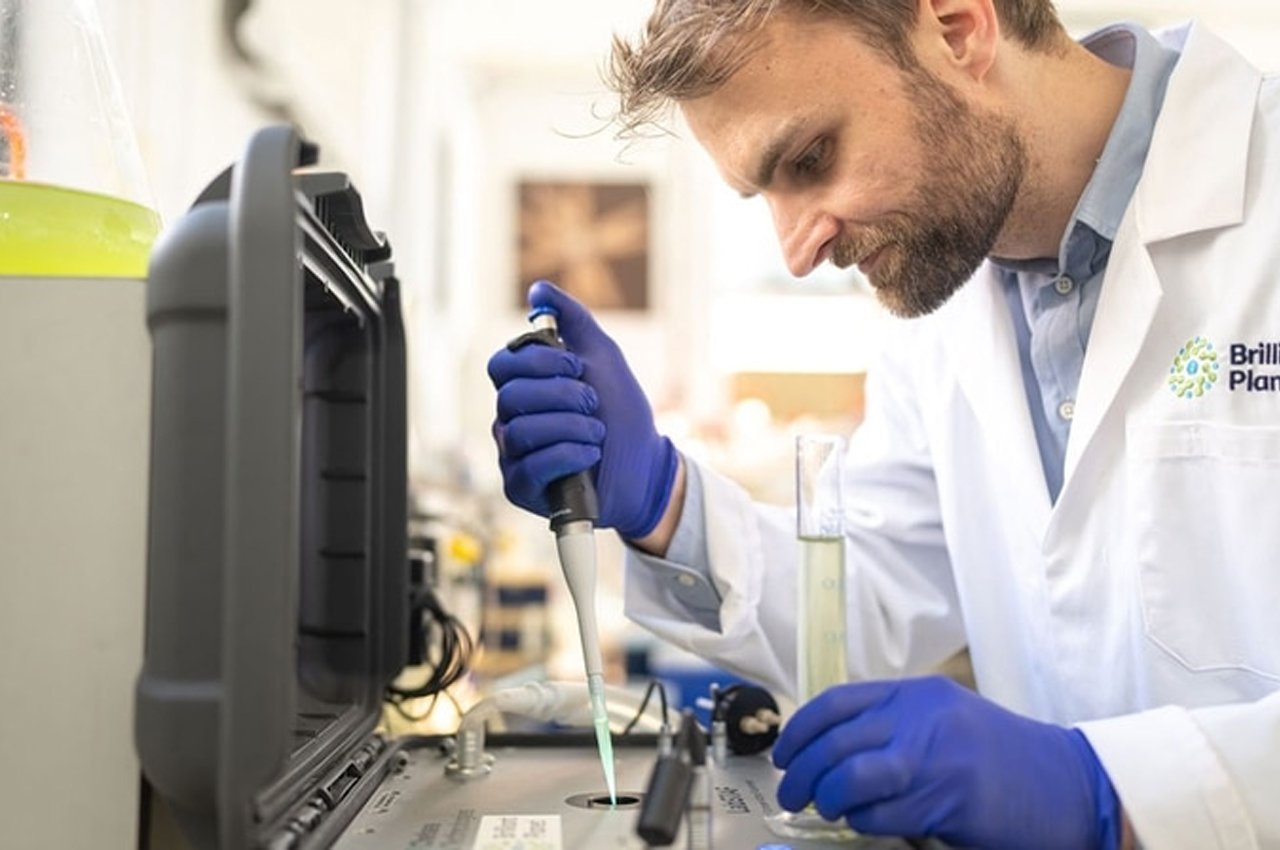
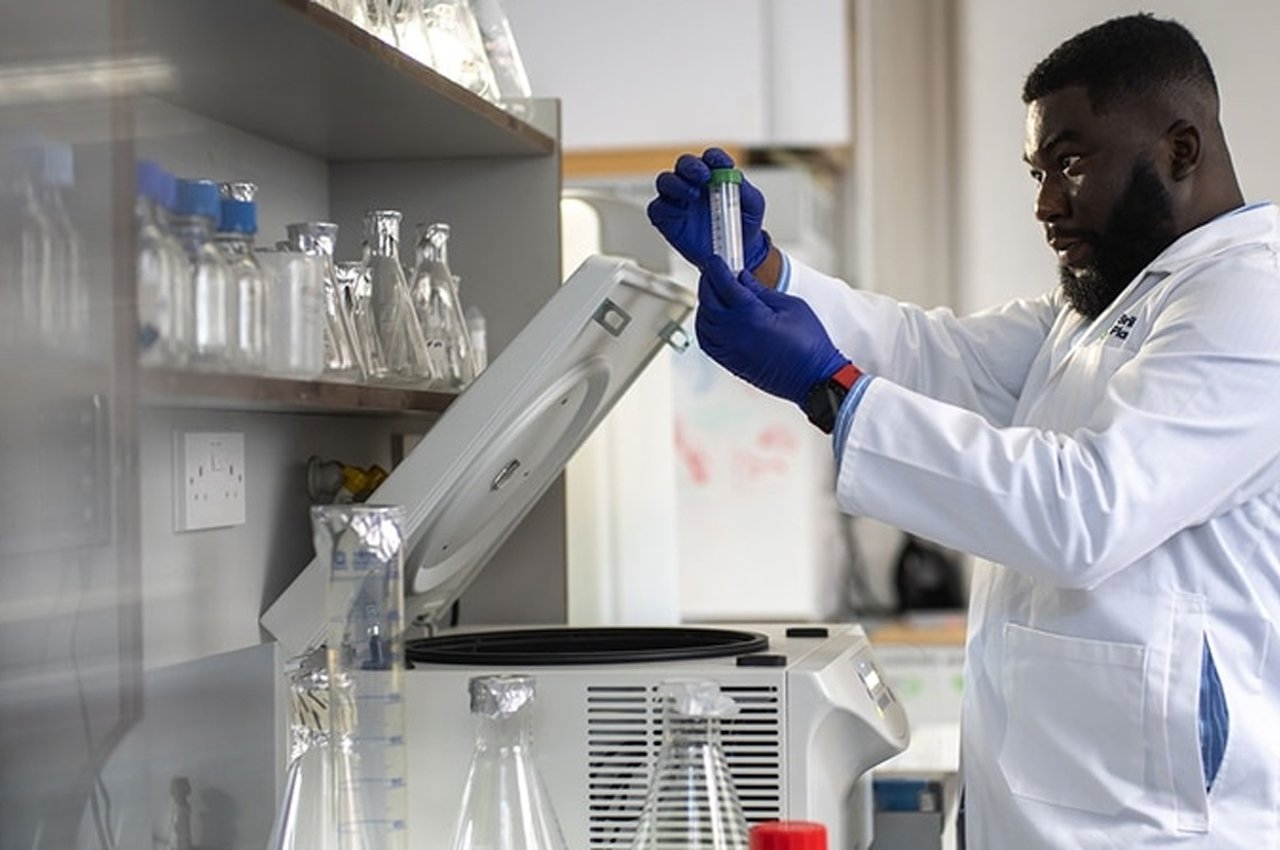
Speaking about their nature-based operation, Brilliant Planet notes, “We’re different from conventional algae systems. We don’t scale up an artificial test tube with artificial seawater and pumped in carbon dioxide. Our nature-based system scales down the ocean to use natural seawater, nutrients, and CO2. This natural process deacidifies seawater, enhances local ecosystems, and also enables paradigm-shifting levels of affordability.”


In the ocean, algae blooms take place seasonally, but Brilliant Planet developed a natural process that essentially “downscales” the ocean to grow algae quickly all year-round. Through this process, the algae system can sequester CO2 at far less cost and at a much quicker rate than direct air capture plants that are meant to capture airborne CO2 particles. For nearly five years, Brilliant Planet has been running its test site in Morocco to much avail, leading to plans for larger demonstration facilities and ultimately a commercial facility by 2024.
Source: www.yankodesign.com